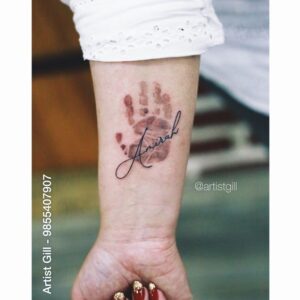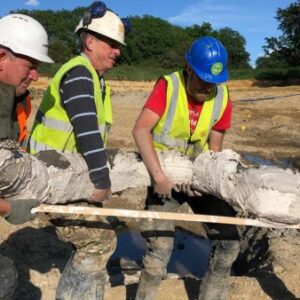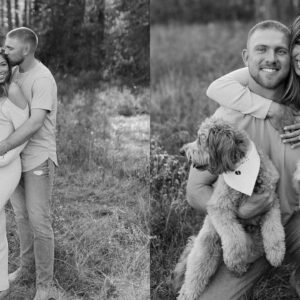Entender el dog’s trauma y building trust are crucial steps toward helping it heal. Es importante abordar el dog with patience, gentileza y un enfoque basado en la comunicación no verbal. Permitir al dog establecer su pace and give it space to feel safe y seguro.

Proporcionar un ambiente tranquilo y quiet environment puede ayudar a aliviar el anxiety. Set up un área de comfort, where el dog can retreat to when él siente overwhelmed. La paciencia es clave, ya que el dog may take tiempo para adjust y recuperar su confianza.
Si el dog continues to resist approaching the food, try enticing treats or high-value rewards to entice es appetite. También puedes try sitting nearby and quietly offering reassurance, allowing the dog to observe y gradualmente gain its confidence alrededor de you.

Seeking professional help from a veterinarian or animal behaviorist es highly recommended. They can have recursos, experiencia, y support networks to facilitate el proceso de recuperación del dog.
Remember, the journey to recover for a traumatized dog takes time and consistency. Spend dedicated time each day engaging en positive, reward-based training sessions y gentle interactions. Focus on building the dog’s confidence y reinforcing desirable behaviors.

In addition to individual efforts, consider reaching out to local animal shelters, rescue organizations, or foster networks for assistance. They may have resources, experience, y support to help accelerate the dog’s rehabilitation process.

Recuerda, el journey to recovery for a traumatized dog takes time y unwavering commitment. With time, love, y the right support, esos sad eyes can transform into eyes filled with happiness and hope.





